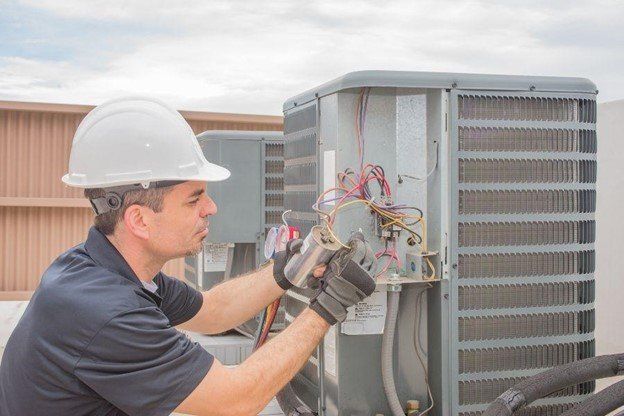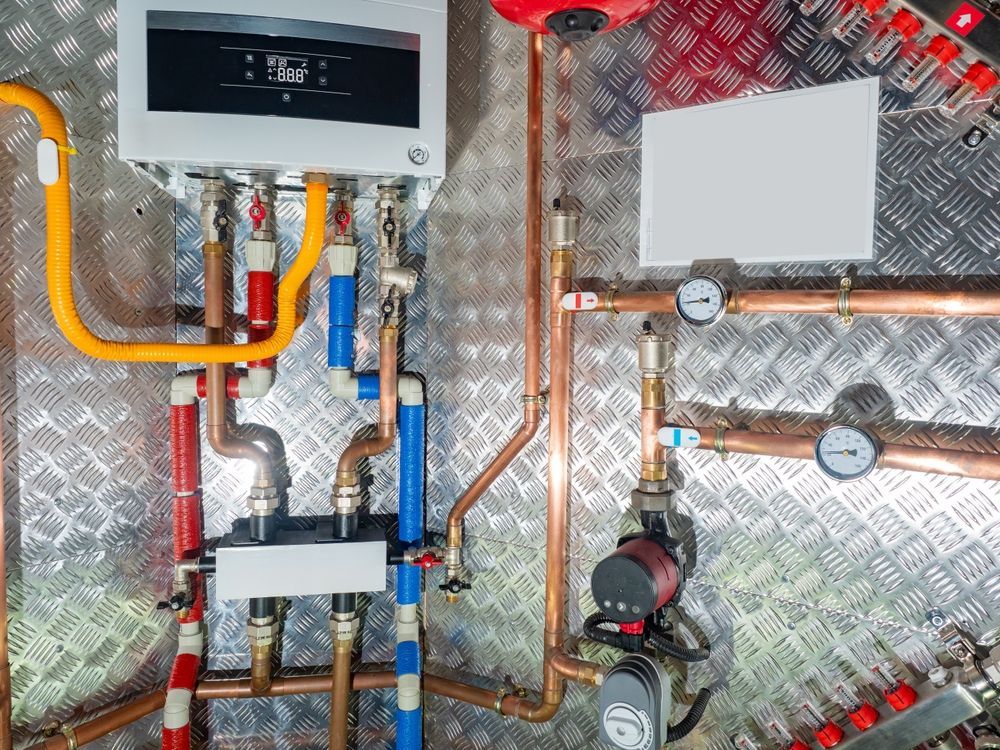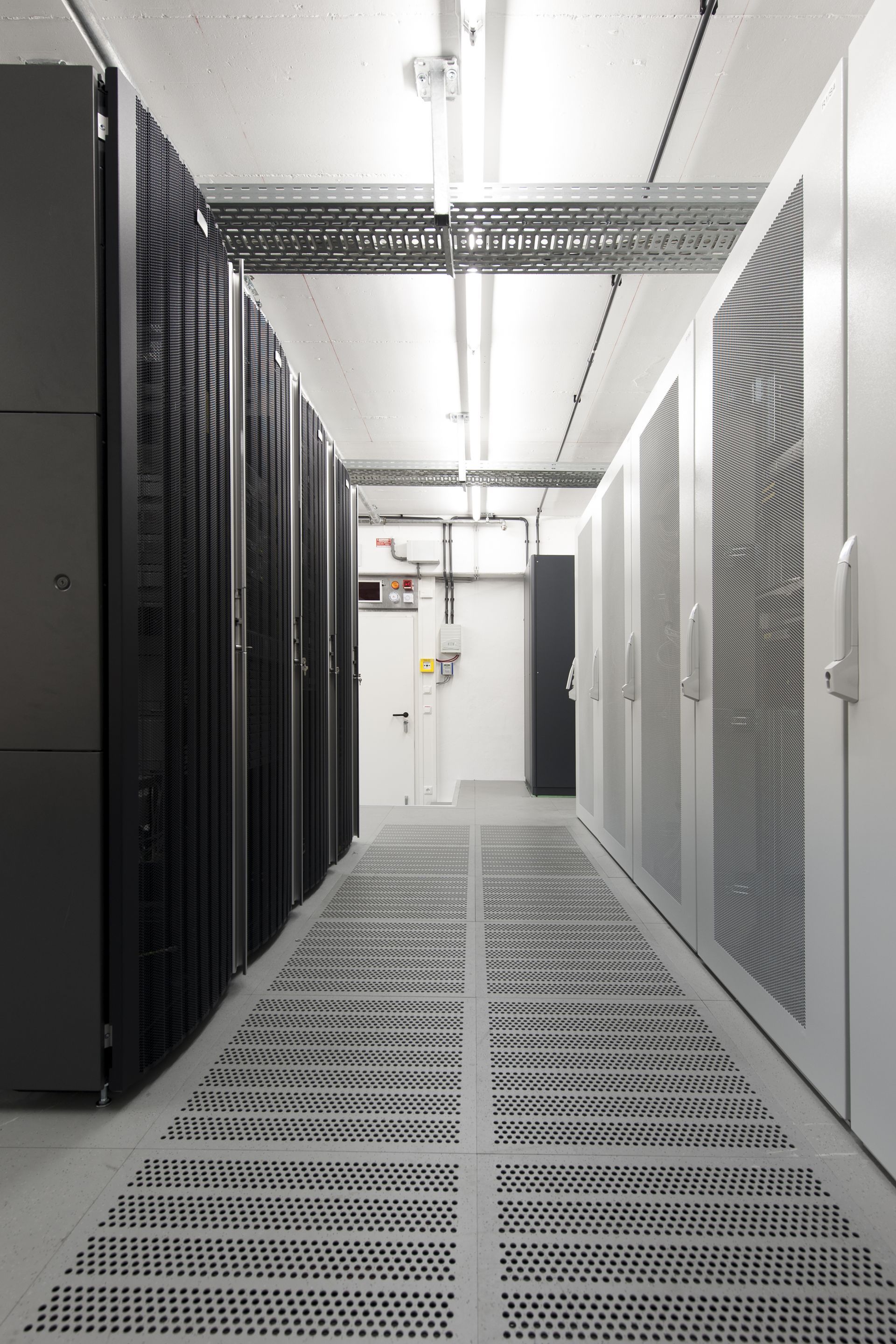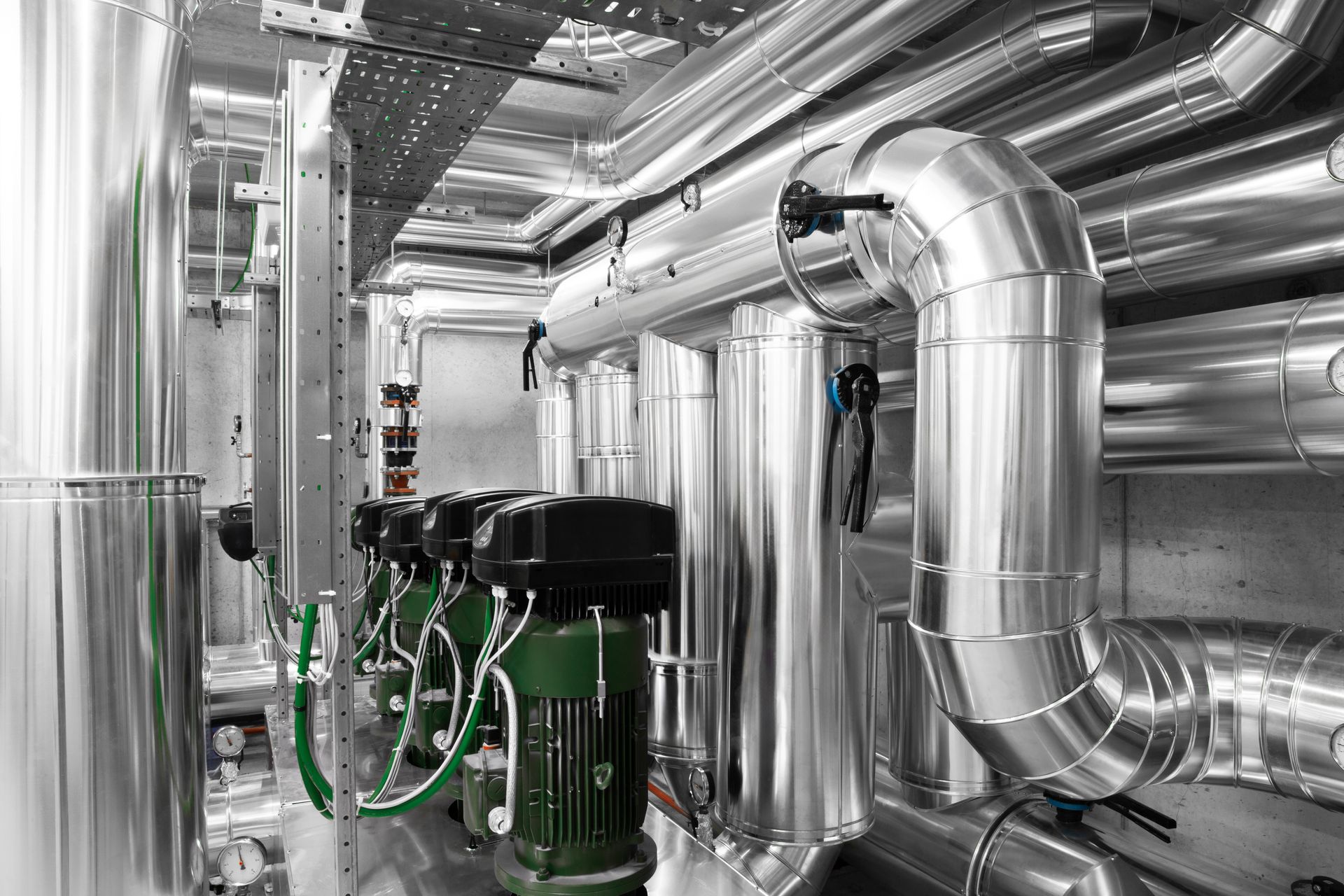Condenser Coils vs Evaporator Coils: Key Differences
Your commercial HVAC is an important piece of your business. It helps to keep your employees cool while working, as well as any customers. Keeping your employees and customers comfortable allows your production to move at a smooth pace, while customers are relaxed while being at your place of business. But sometimes your commercial HVAC may run into some issues. It can be helpful to be able to identify the issue and that starts with understanding the differences between condenser vs evaporator coils.

Understanding Condenser vs Evaporator Coils in the HVAC Unit
When your HVAC unit begins to make a noticeable noise or begins to not work properly, it’s time to figure out what the issue could be. When this happens, most HVAC owners will believe that something is wrong with the HVAC’s ability to supply a certain level of coolness. But that’s not how HVAC unit’s work.
HVAC units create a comfortable temperature by moving the heat that is already there, not by creating coolness. The temperature drops based on how much heat is being removed. The two vital coils that make this process work are condenser and Evaporator coils. To be able to accurately identify the issue, it’s vital to understand the role each coil plays.
In a commercial HVAC system, the differences of both condenser and evaporator coils are more than just where they are located. When your HVAC unit begins to falter, it can usually be that one of the coils is responsible. Both coils play a role in removing heat from a space. The evaporator and condenser coils within a HVAC system are the parts that are taxed with doing the heavy lifting of extracting heat and transferring it outside. However, these coils work in opposite ways.
EVAPORATOR COIL
To understand how the coils differ, you need to understand how each coil functions, and the role it plays within the HVAC system. Let’s start with the evaporator coil. The evaporator coils job is to extract the heat from indoors and add it to the refrigerant. So, it makes sense that the evaporator coil is located indoors, either inside or near the air handler. Now, you can begin to look at the parts that the evaporator coil works with to complete its assigned task.
Before we get to the evaporator coil, there is an expansion valve. The expansion valve is tasked with receiving the high-pressured refrigerant from the outside condenser. Through this process the pressure that is put on the refrigerant is relieved, helping to keep it cool. The cool liquid refrigerant will then be able to flow into the evaporator coil.
Next, it’s time to look at the job of the air handler. The air handler has a blower fan that will blow air across the evaporator coil. It is then the cold refrigerant’s job to absorb the heat from the air. This causes the air to be condensed into water. The water will then drip into the condensate drain, which moves to the outside. Once this process is completed, the now cooler air flows through the ducts into the spaces where the cooler air is desired. Now let’s look at the condenser coil and the role it plays in the process of dehumidifying your space.
CONDENSER COIL
In trying to understand how the operation of the condenser coil vs the evaporator coil differs, it’s time to get educated on the role the condenser coil plays to keep your space comfortable. When looking at the condenser coil vs the evaporator coil, you’ll quickly realize that they are similar in design. However, their functions are different. We know that the evaporator coil extracts the heat from indoors— but it’s the condenser coil that releases the hot air into the outdoors.
The amount of heat removed from the space that is being cooled, is extracted, and compressed into refrigerant vapor. This hot vapor is quickly released once the refrigerant circulates into the coil and is then condensed into liquid. Once the refrigerant begins has the heat released, a fan within the HVAC unit will blow air through the condenser coil allowing the heat to be release outside.
Unlike the evaporator coil, the condenser coil is in the outside unit, with other vital parts like the compressor. They are joined by multiple pipes and valves all functioning to fulfill their purpose of cooling your space to a comfortable temperature.
Now armed with the understanding of the differences of the condenser coil vs the evaporator coil, it’s time to see how you can ensure their maintenance so that you problems don’t arise in the future.
Coil Maintenance
Like most machinery, regular maintenance is often necessary to keep a system running. A HVAC system is no different. This goes for both the evaporator and condenser coils as well. When it comes to regular maintenance, there is no difference between the two coils. Due to their roles in keeping your space cool and comfortable, both coils can be stressed and start to fail. Even if your HVAC system hasn’t stopped working, one of these coils could be keeping your HVAC unit from working efficiently. If your system isn’t working at maximum efficiency, it could end up costing you more money on your electric bill. Therefore, regular maintenance is recommended.
So, you know that you should schedule regular maintenance but how do you find a HVAC repair service? Well just like you would with any other aspect of your business, you should call trusted professionals. At 1 source mechanical, you can trust us with your HVAC maintenance!
HVAC Repair Service 1 Source Mechanical
At 1 Source Mechanical, we excel in service for rooftop cooling units, commercial air conditioners, hot-water tanks and steam boilers, and air-to-air heat exchangers. We serve businesses with reliable HVAC repair services. Ask us about our maintenance agreements as well.
We believe an efficient commercial HVAC system is one you rarely must think about – allow us to make sure yours runs like this!
To get in touch with our team of commercial HVAC specialists give us a call at 815-517-0501 or complete our online contact form! We’ll get back to you promptly!



